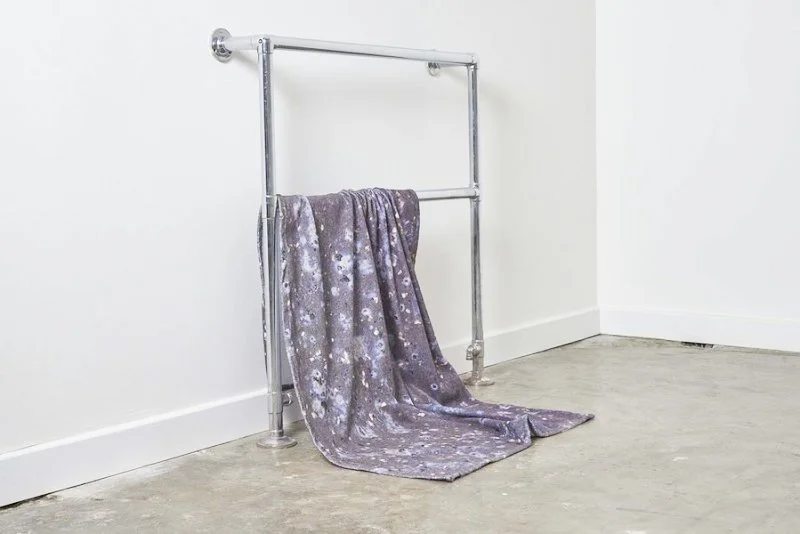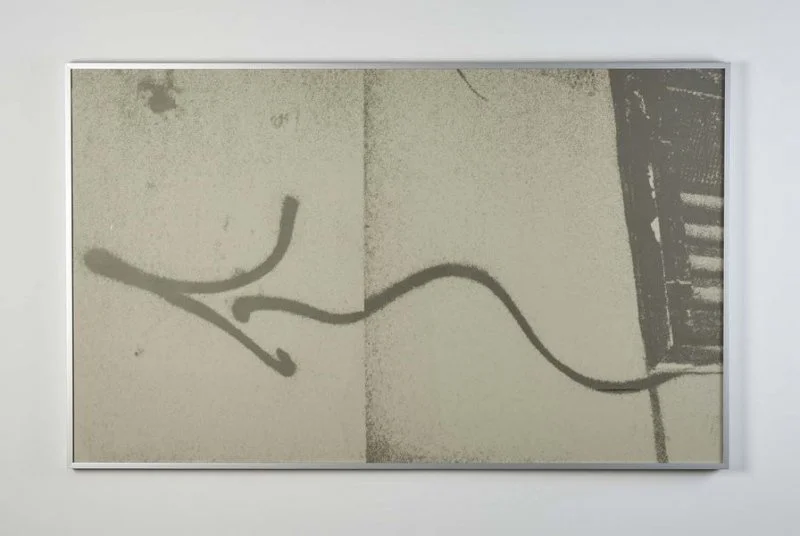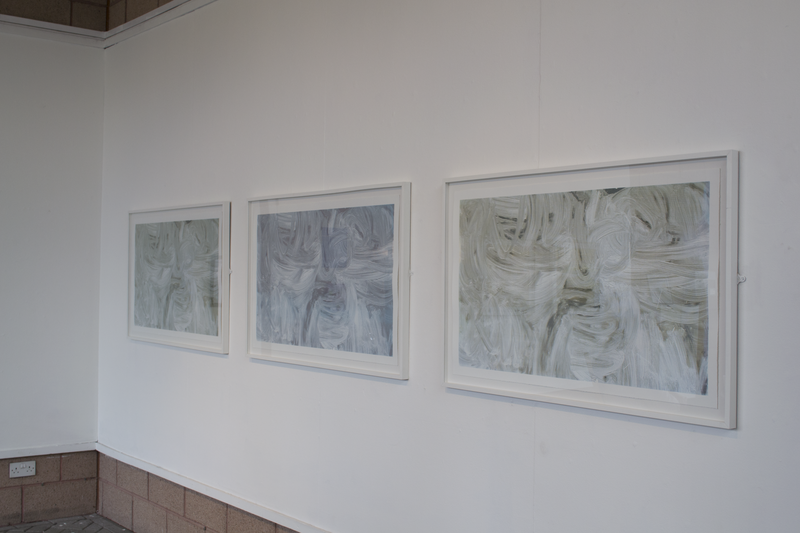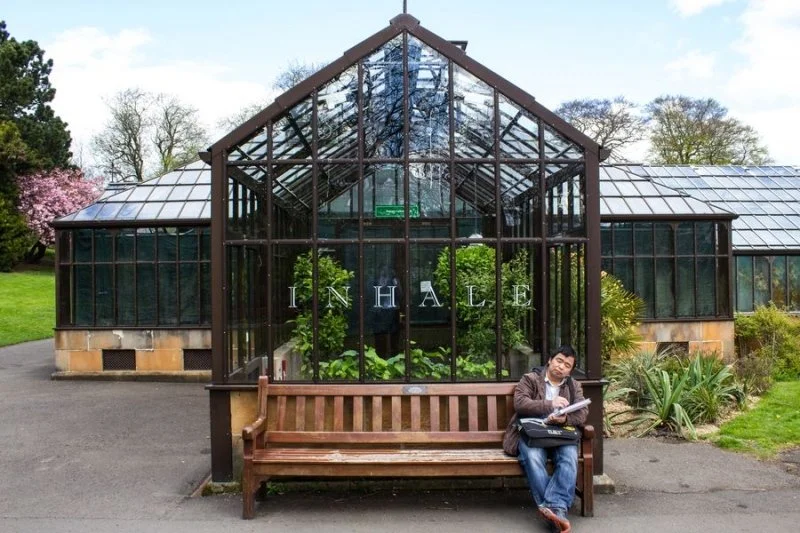An Interview with Abigale Neate Wilson
We met Abigale Neate Wilson back in 2014 during a period we spent in Glasgow. She had recently completed a mentoring residency through MANY Studios, a terrific program aimed at supporting recently graduated artists by providing them space and time to discuss new ideas and work.
She continues to live and work in Glasgow and this past summer she worked with TAKTAL to run "Test Unit", an annual summer school that delved into issues surrounding urban planning and the occupation of vacant spaces in cities.
When did you start printing?
My mother is a printmaker. I grew up visiting her in print studios in London, and quite often helped her prepare her plates during the holidays. I probably made my first etching at home when I was about 9.
I put the printmaking process at the heart of my own practice whilst studying at the Pratt Institute in New York between 2011-12.
I dedicated the remainder of my undergraduate at the Glasgow School of Art to the print studio – pretty much printing the whole thing, wallpaper included. The printmaking process now forms an invaluable part of the way I think through my images – there’s now something about the technical labour and attention to material that I can’t break away from.
Where do you make your work? Home studio? Shared print space?
Since graduating, I have made all of my professional work in the Glasgow Print Studio. The GPS is a world class print studio with an amazing community of printmakers from all walks of creative practice. It’s a real melting pot of printmakers that are all incredibly supportive of each other’s work and practice – from Turner prize winners to recent graduates.
How do you see your print background informing your more expanded practice?
I feel as though the technicality of printmaking has informed most of the ways in which I think through my ideas. In print you have to be incredibly organized, breakdown your process in to stages and maintain a meticulous attention to detail.
In this way, making prints has over the years trained me to slow down, think ahead and make very detailed plans. I’m also prepared for mistakes and surprises along the way and how to allow for these unexpected moments to become part of the work. Patience has become something I have honed through printmaking.
My expanded practice is quite research heavy – and now more often expressed verbally or through public talks. In the print studio, my ideas are translated visually, which becomes an aid to think through certain arguments. Seeing things in visual form creates a new distance from them, often helping me to clarify my thoughts. Publications and books are also now a very important part of my work. I think of books as traveling print exhibitions, a printmaker’s boîte-en-valise.
Who would you love to collaborate with?
My work has a lot of connections with both architecture and science fiction.
If I could choose posthumously J.G Ballard would be an obvious pick to work with. The likes of Archigram and Constant Nieuwenhuys would also be dream collaborators.
I am a big fan of Patrick Keiller’s work – which I believe would be translated beautifully into books. Ed Ruscha is also a big influence, as are Martha Rosler and Robert Gober.
Where are some of your favorite spaces in Glasgow for contemporary art or design?
Up until recently I was on the committee for the Pipe Factory, which I believe to be one of the most beautiful and exciting art spaces in Glasgow. The program at the CCA is always brilliant, with something for everyone. David Dale, Market Gallery and Transmission are also all at the forefront of contemporary representation.
What are you working on at the moment?
I have just delivered a two-part screening program at the CCA that looked into lost visions of cities of the future. I would like to continue to explore some of these ideas through print, working with photo-intaglio processes and potentially a book.
Outside of the studio I am working with a close team to open Glasgow’s first Tool Library.






